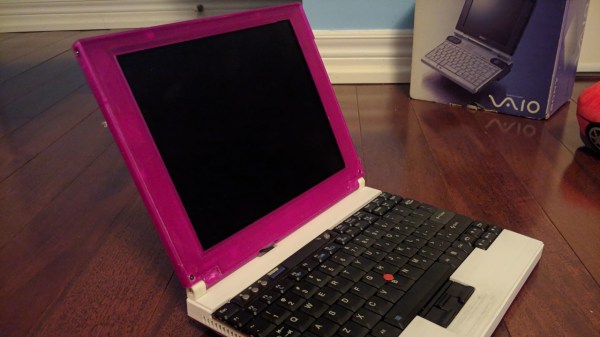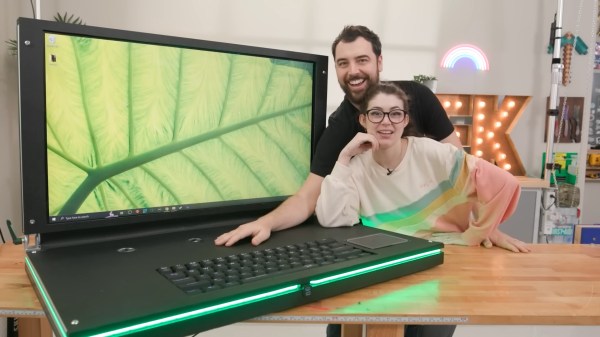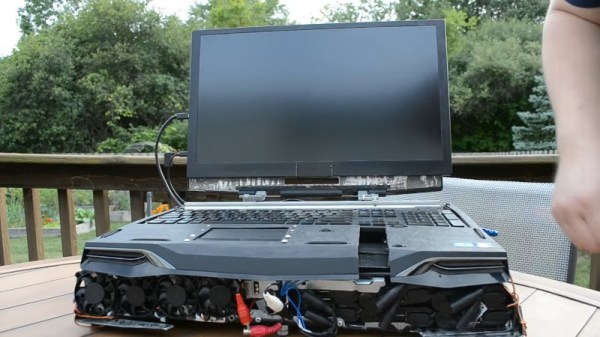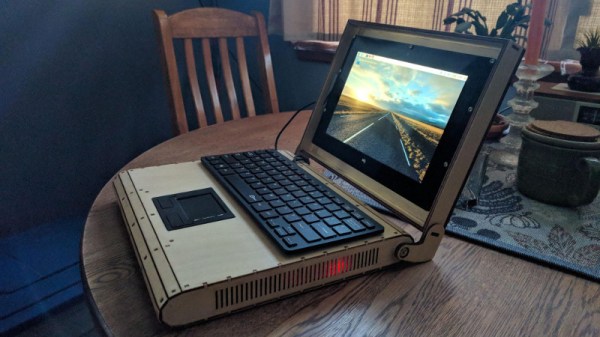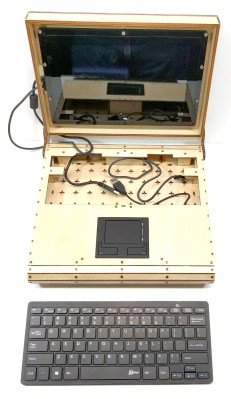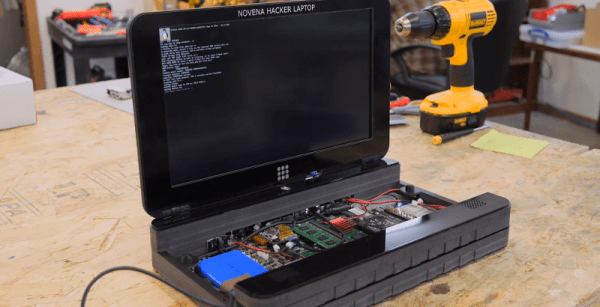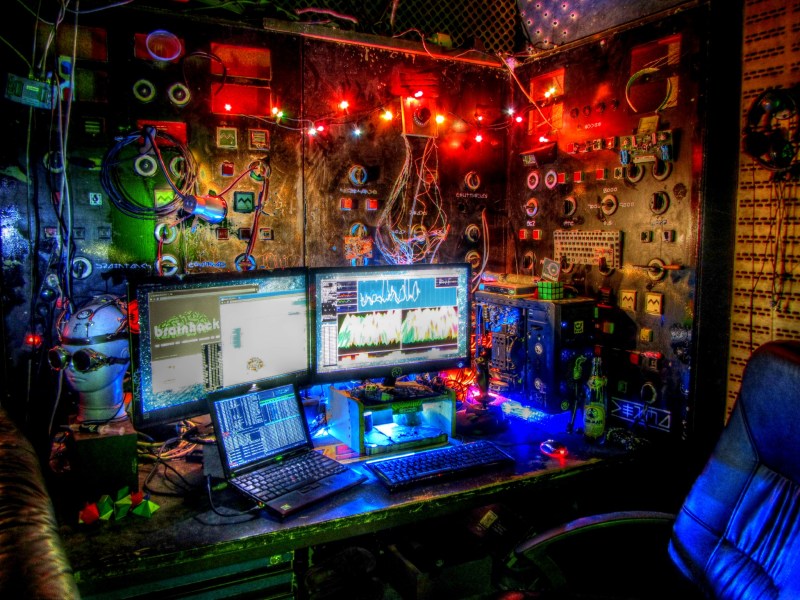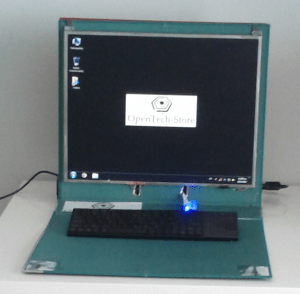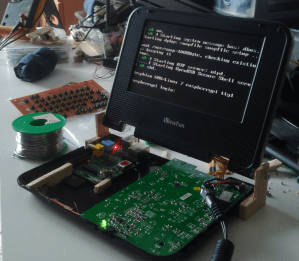Looking to build a laptop all on your own? Check out the Pinkpad, a DIY laptop project that as if appeared out of nowhere, gives you a based on an off-the-shelf Dell motherboard. This build projects an aura of unabashed competence – the website brings you to a different universe, the documentation is as curt as it is extensive, and the build evidently works.
With a Thinkpad x61 keyboard, a reasonably modern (Dell Vostro 5481, Ryzen possible) motherboard embeddable inside, and a 10″ 1024×768 screen, this ~11″ laptop packs a certain kind of punch for what’s a build-it-yourself project. Most of the value of this design is in the 3D files – which were done in Google SketchUp, and the laptop is small enough that you could print its shell reasonably quickly. Not that you should follow the parts list religiously – the screen in particular might just warrant reconsideration in your eyes. On the other hand, we wish you all the luck on your SketchUp journey if you want to modify the shell. It also isn’t lost on us that the parts list doesn’t list a battery in it.
This is an impressive project to see open-sourced, and we hope it can inspire some hackers in the custom laptop building cohort. One prominent flaw of consumer-facing technology is that you can’t always get your devices in pink, and printing your laptop’s chassis yourself is a surefire way to combat this. If this laptop’s form-factor is too commonplace for you, we’ve seen no shortage of custom laptops grace our pages, from miniature ones to CRT luggable beasts, and click on the tags below if you’d like to see more!
We thank [Max_UA] for sharing this with us!

